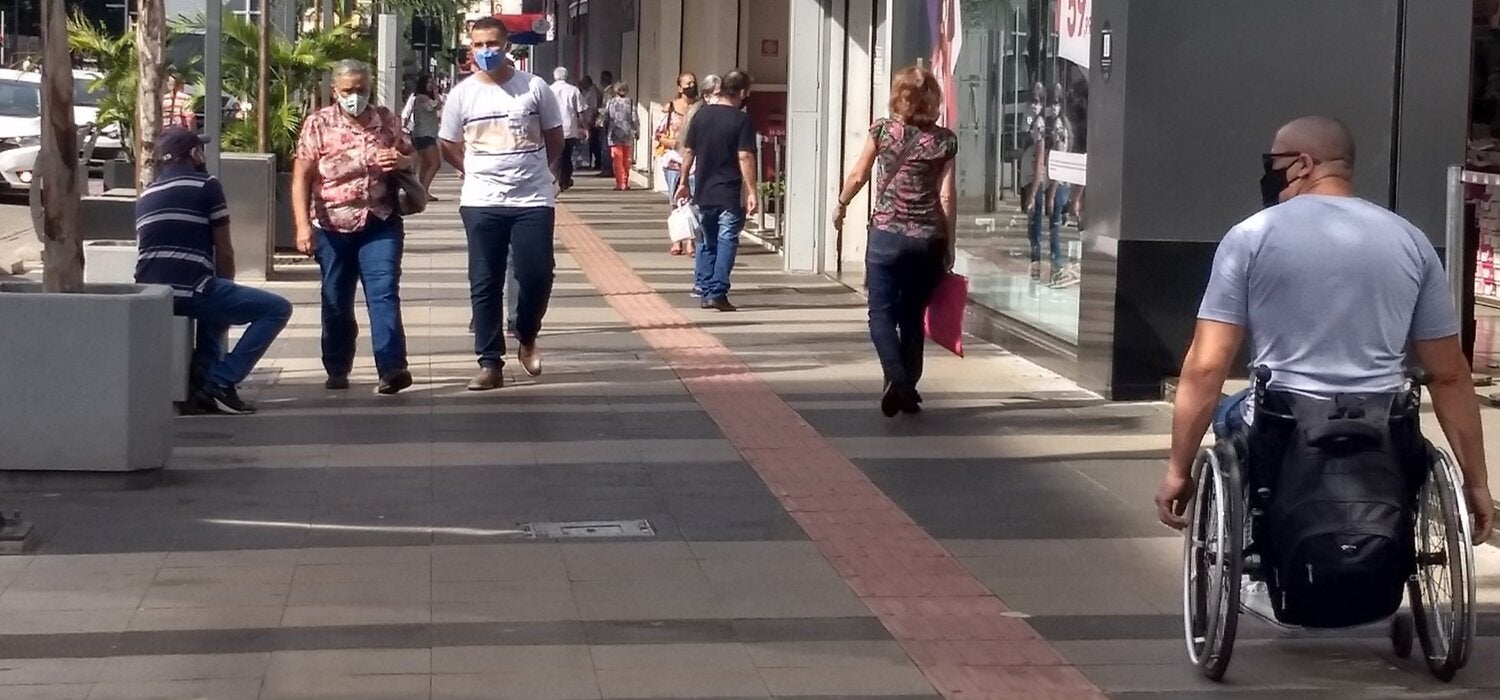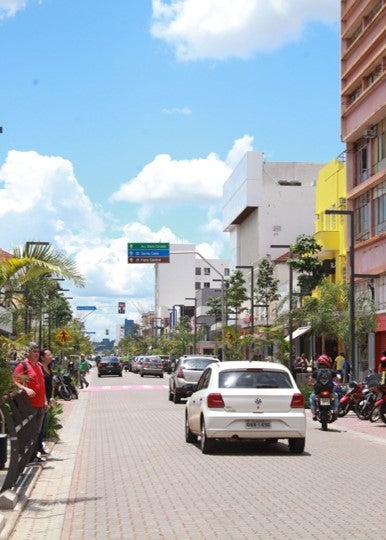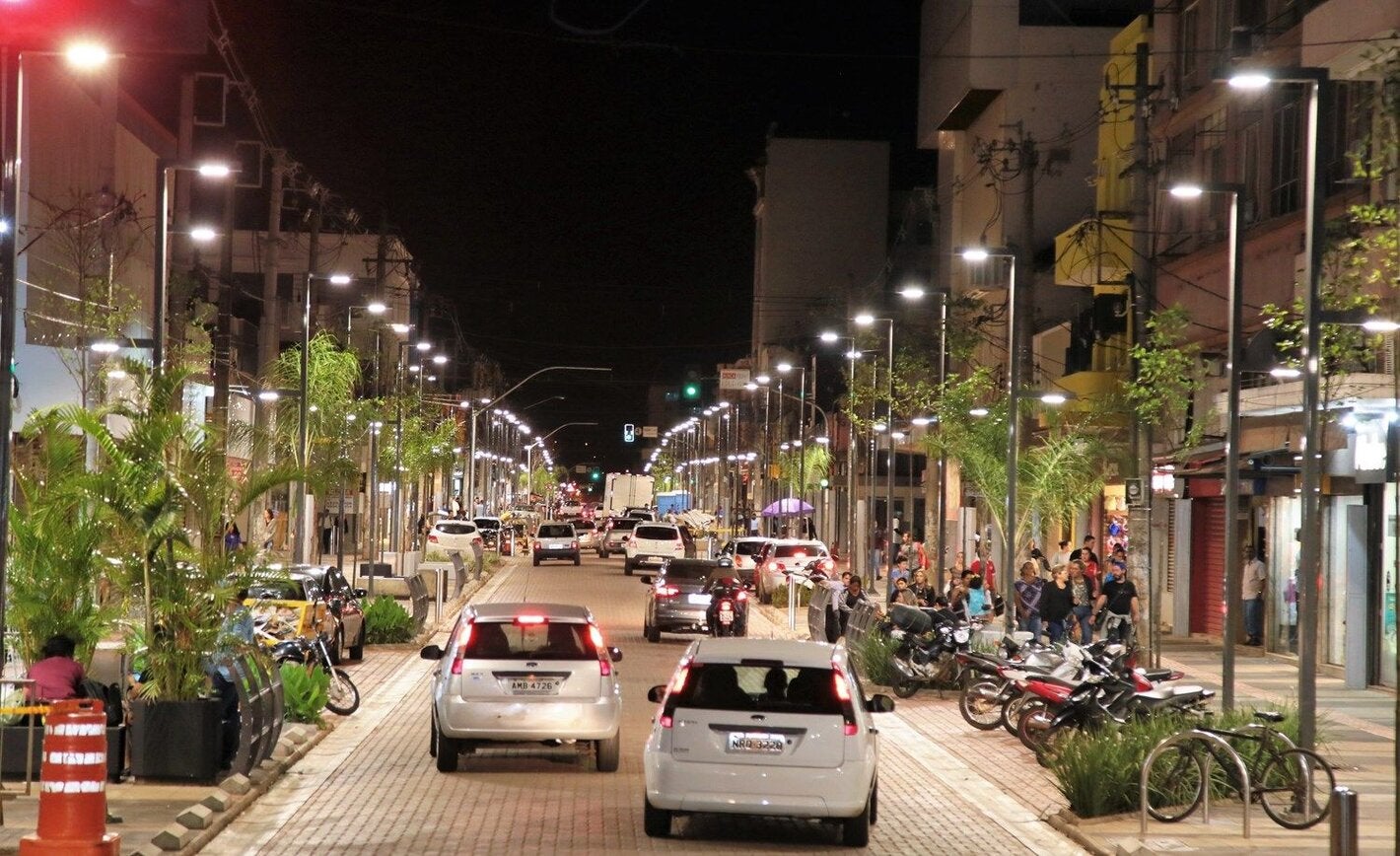The Life in Traffic Project was born from an initiative of the World Health Organization and a group of international partners integrated into an initiative of Bloomberg Philanthropies, which began in five Brazilian cities in 2010, under the national coordination of the Ministry of Health and the Pan American Health Organization in Brazil.
May 2021
Campo Grande-MS, one of the first Brazilian cities to join the “Vida no Transito” project has become one of the best examples of this project’s essence. Their Integrated Traffic Management Office (GGIT) served as a model for other cities. In addition to playing a key role in guiding integrated road safety initiatives, the cabinet has succeeded in overcoming a common challenge of many programmes: continuity despite constant changes in government administrations.
The successful model expanded to other Brazilian capitals and subsequently to more than 50 cities. In 2016, the Project became a regular program of the Ministry of Health.
Objective: Reduction of deaths and serious traffic-related injuries
The objective was the reduction of deaths and serious traffic-related injuries, through the assessment of information, planned actions, all developed and executed in an intersectoral manner. Following the program interventions during its pilot period (2010-2014), an analysis of process indicators highlighted how the project’s targets were being achieved:
- Creation of cross-sectoral committees
- Installation of speed reduction mechanisms
- Increased speed control
- Control of alcohol and conduction: Increased blood alcohol control points (blood alcohol concentration - CAS); increased blood alcohol testing and reduced CAS positivity in tests
- Reduction of mortality rates per 100,000 inhabitants in 3 of the 5 cities
- Reduction of mortality rates per 10,000 vehicles in 5 cities, reduced risk of death in 5 cities compared to risk in their respective state
Local Management
Despite its national coordination, the project was managed and developed by the municipalities through local coordination. All cities prioritized the establishment of local intersectoral commissions which, with some variations, were made up of representatives from the health, citizen security, transit, transport, education and communication sectors, among others. In addition to intersectoral integration, the use of accident-related information was a hallmark of “Vida no Transito”, guiding local actions and inspiring other similar initiatives.
A succesful experience: Campo Grande (MS)
Campo Grande-MS, one of the first Brazilian cities to join the “Vida no Transito” project, has become one of the best translations of the essence of this project. Its Integrated Traffic Management Office (GGIT) served as a model for other cities. In addition to playing a key role in guiding the integrated road safety initiatives, the cabinet has succeeded in overcoming a common challenge of many programmes: continuity, despite constant changes in government administrations.





